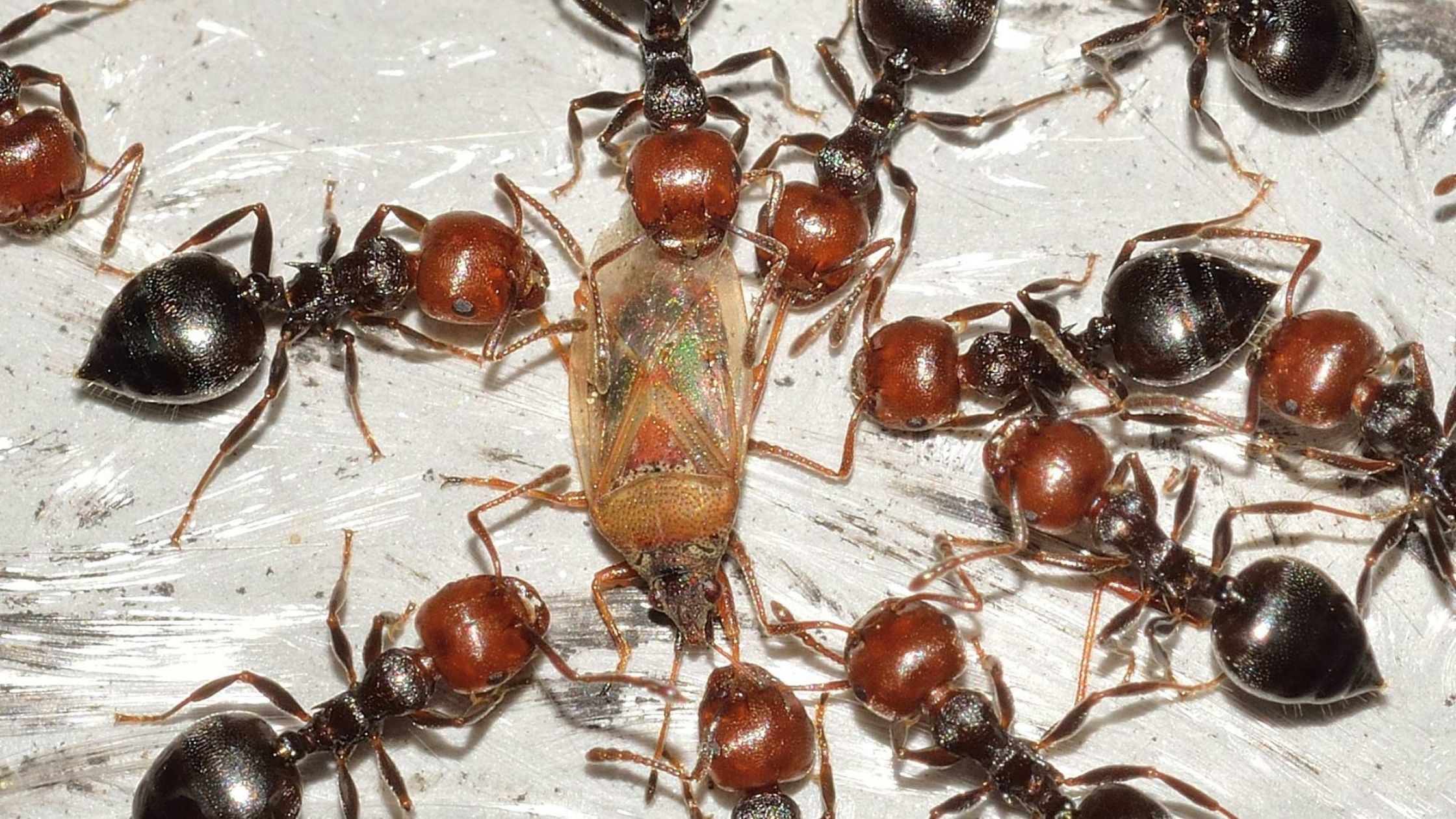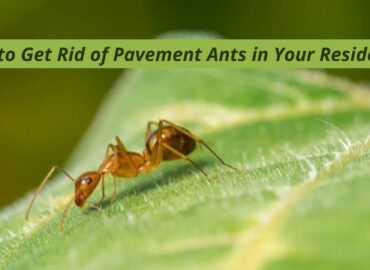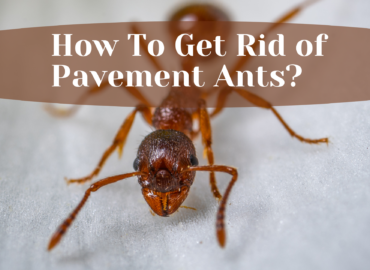Many different species of ants are found all over the world. One such species is called the carpenter ants, based on the way they bore wood to make their nest. They are easily identified due to their large size. In fact, they are as big as half an inch to five-eighths of an inch in length. Carpenter ants are colonial, wood-boring insects and their primary habitat are moist, rotting wood.
The ants live in old rotting trees in woodlands and open spaces. They make inroads in the weakened wood by building smooth tunnels for their dwelling. The presence of these tunnels hastens the decomposition of the wood. In fact, the more the colonization, the faster the decay of the wood. This habit of boring tunnels into the damp woodwork of homes by these ants causes extensive damage to the house’s structure.
Place of dwelling within a house
They enter a house, through crawl spaces, gaps between window sills, and doors. They begin to form their nest in moist areas where there are higher chances of damaged wood being present. Carpenter ants do not build their nests in dry wood. In fact, they make their presence felt in damp, rotting wood by constructing smooth passages or tunnels in the wood softened by leakages. They build their nests in any wet place, be it the wall, window sills, doors, roof areas, decks, furniture or cabinets in the house.
Carpenter ants do not feed on wood. They use their mandibles or mouthparts to break off pieces of damp wood and to create tunnels or spaces for members of their colony. These hollow tunnels built extensively in the house can lead to significant damage to the structure of the home.
Feeding habits of carpenter ants
Carpenter ants generally feed on honeydew, a secretion that is obtained from aphids. They consume dead insect parts, insect eggs, tree sap and certain larvae. These ants thrive on foodstuffs rich in proteins and sugar. Once they make their way into a house, the ants find a rich source of their food in the following areas.
- in the kitchen, around cooking and serving areas,
- near dust bins,
- In and near pet bowls,
- food residue beneath furniture, refrigerators, dishwashers,
- Unclean cabinets,
- Around barbeque grills.
Indication of presence of carpenter ants
The foremost indication is the presence of “Frass.” This is the fine, powdered wood residue obtained by the continuous boring of the damaged wood. A kind of rustling sound is heard from within the damaged wooden structures. It gets more prominent in the silence of the night. Lines of winged carpenter ants come out from damaged wooden areas of the house. The presence of large quantities of shed diaphanous wings is another indication.
Management of damage caused by carpenter ants
Carrying out regular maintenance work helps keep these pests at bay. Since carpenter ants are predisposed to making their nests in damp or moist wood, any leaks in plumbing or the roof should be identified and repaired immediately. Any gaps and spaces between windows, doors, and ceilings should be filled up. Unnecessary foliage around the house should be cleared up. Furthermore, firewood should be kept on stands, and it should not be kept directly on the ground.
To keep houses safe from pestilential carpenter ants, contact experienced, effective and environment friendly “Top Line Pest Control!” Call: +1 (604) 551-6504




